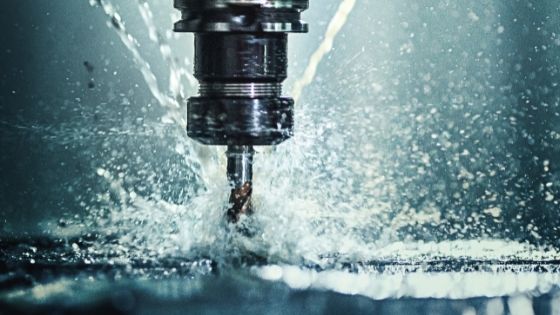Effective placement of offshore and onshore drilling machines and assets is important to any exploration, drilling and production company. This helps the business owners to save on operational efforts and costs internationally.
From small companies to industry giants offering gas and oil machines, all drilling equipment firms that intend to dominate the market must always play fast and loose with their properties. When not in use, the drilling assets should be stored in a garage where they are well maintained until needed for a project. All the drilling assists must be ready to operate every time since rig time is always expensive, it’s important to manage the assets properly.
Benefits of Drilling Equipment Asset Management
Proper management of offshore drilling machines will help companies cut costs. A missing asset will lead to high costs for gas and oil equipment operators. To lessen pick up and wait for time, containers, trailers, and other oilfield assets should be tracked constantly, particularly while in transit. So, gas and oil GPS tracking are important when it comes to drilling equipment asset management.
While mostly allocated to one rig, offshore assets still move across various rigs to perform routine maintenance and inspection programs in line with ever-changing operational needs.
Drilling Equipment asset Management Tips
Increasing offshore drilling activities and the development of shale resources will fuel the industry, assisting revenue increase gradually over the coming years.
So, oil operators need to increase their revenue by using effective drilling equipment management methods to take advantage of the current recovery stage. Here are some of the tried and tested drilling equipment asset management tips.
Tracking and Identification of Assets
Assets that aren’t identified or tracked well can get stolen or lost. Tagging drilling or subsea construction machines requires special tag mounts that will withstand exposure to seawater and high pressure. Equipment might lose visibility with no proper tracking unit to capture all movements between costs centers and locations. When lost, the operators will need to spend a lot of time looking for a hit. Getting another asset until they locate the original one will be costly.
Planning and Implementation
Another important thing is the planning phase. Planning must be clear, flexible, and cater to ever-change conditions that might not have been initially expected. The design stage comprises identifying users who didn’t use the unit as required, items that weren’t properly tagged or identified and the maintenance orders that were left unfinished.
Understand all Components
Drilling equipment asset management offers a unique challenge due to the subsea conditions and exposure of properties to harsh surroundings for many days.
Using technology to identify all assets is the best way to create an effective subsea management unit. Using traditional tags on metals or surfaces can get lost or unreadable. For this reason, invest in tags designed for this function. Welding tags might be an effective option for such equipment.
Managing Drilling Equipment Costs
Even though it’s hard to predict drilling assessment management costs, you can use improved long term planning and strategies to manage costs. Managing costs comprise charting out drilling schedule forecasting, remaining certified, maintaining workflows and guaranteeing capital reserves for warm and cold staking for dynamic conditions.

